Good luck not having Boy George stuck in your head now.
Now onto business.
Like pretty much everyone else, we’ve spent a lot of time talking about content here at Liquid in 2016… and I am certainly not going to stifle our momentum.
We’ve covered content’s incredibly important place in SEO, how listening should inform your content strategy, the importance of curating content relevant to your users, and finally, why you shouldn’t be afraid to blog.
My coworkers have covered a litany of relevant topics throughout the year, and should have you feeling like you can construct a content strategy and create content with the best of them.
Where we haven’t gone swimming yet is the content distribution pool. Getting consumers to read all the wonderful things you have to say is frequently presented as some very treacherous water.
In essence it’s actually quite simple. Content can be broken down into 3 categories: owned, earned, and paid.
Owned content lives on your web properties (think blog). Earned content is natural editorial coverage (way to be newsworthy!) or crafted through PR efforts. But the head honcho most responsible for eyeballs on content you’ve crafted is certainly going to be your paid efforts. And while it may stink to spend money, the power behind paid content distribution is astronomical. It provides you the best chance to position your tremendous videos, infographics and blog posts in front of relevant end users. You may be thinking “yes, this sounds great, but HOW do I get these eyes on my efforts?”
The answer is actually in front of you every day, seamlessly blending in (if done right) with your web experience. One of the most important subsets of content marketing: Native advertising.
What does it look like?
ShareThrough, a leading native ad exchange and DSP (demand side platform) perfectly defines native advertising as “a form of paid media where the ad experience follows the natural form and function of the user experience in which it is placed.”
The IAB (internet advertising bureau) established and recognizes 6 core formats of native advertising, of which I’ll showcase the 3 most recognizable:
In-Feed Native
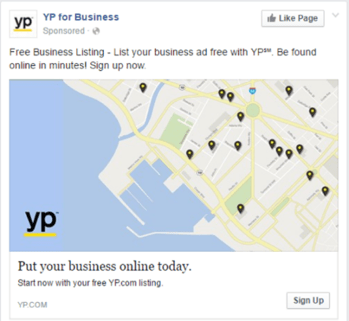
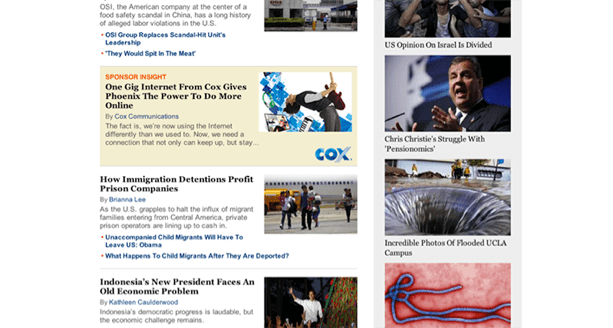
In-feed native advertising is the most common editorial native ad format. It drops paid content right into the feed of your favorite social channels and publisher sites. This plays particularly well on mobile where user experience is everything.
Utilizing the same programmatic technology as the majority of display ad buys, advertisers are not only able to purchase these ad units at scale, but the robust targeting parameters of DMPs (data management platform) and DSPs can be applied to native ad buys as well. This allows you to position your content to audience segments whose demographics, geography, and behavior all line up with who you want to target.
Add that to the already seamless user experience native provides, and what you get is your content in front of … wait for it … people that want to read it, which is of course the whole reason you created it in the first place!
Most of the time these units click through to the place where you own the content you created, thus having the opportunity to have your potential customer continue their digital journey through your company.
Search and Promoted Listings
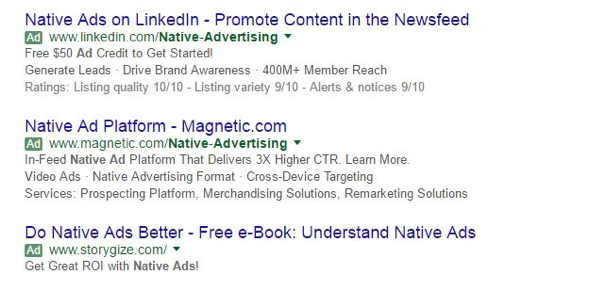
Whether you realized it or not, our 16-year-old, reliable friend, paid search, is actually one of the first native ad units. It achieved incredible scale in a relatively short period of time. Typically used less than in-feed native for content distribution, it can still serve you well for promoting things like eBook downloads.
Content Recommendation Widgets
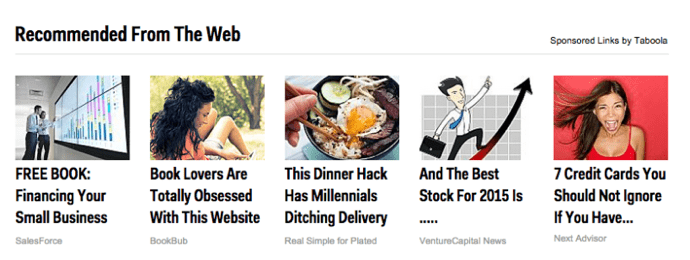
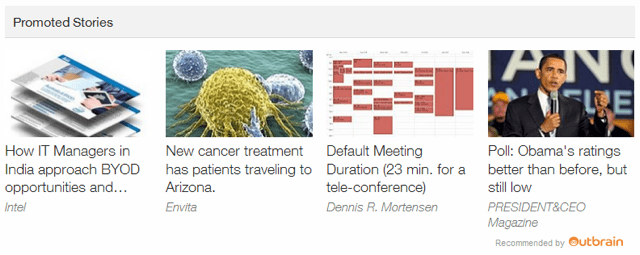
You may immediately think…clickbait! Not so fast. Like any good marketing plan, when executed well, these widgets provide users with potentially helpful content meant to educate and inform.
So…why Native?
NativeAdScience.com is a great collaboration between ShareThrough and Column Five digging into the science behind native ad effectiveness. But outside of the interesting brainy reasons native works, here’s a few high-level highlights which truly showcase the power of content and native being the vessel to deliver that content:
- 70% percent of people would rather learn about products through content than traditional ads
- 52% of people who click on native ads have a higher purchase intent than those that click on banners (34%)
- It’s shareable: Facebook is the largest social network in the world and one of the largest native ad distributors.
- 25% more consumers were measured to look at in-feed native ad placements
- Consumers look at original editorial content and native ads for a similar amount of time
The overarching takeaway from this is that an end user puts relevance above all else. If the piece of content in front of them informs, educates or entertains, it will garner a reaction regardless of whether or not it’s paid advertising.
How do I get started?
The how’s of native advertising are strikingly similar to every other marketing strategy. Establishing target audiences, geography, which content to promote, setting goals, defining KPI’s, and having a proper analytics plan in place all apply to your native distribution plan.
Every piece of content you create should have a purpose and your native media plan should be structured to serve that purpose
Native and content go together like spaghetti and meatballs because they are inherently linked. For the most part, websites exist to provide you with content. Historically, advertising has always served as the disruption to that consumption. As users want their experience broken less and less, advertising had to change. The ability to now seed your content seamlessly with an end users experience and provide them with relevant content is as powerful a marketing tool as there is.
If you’d like to continue our conversation and find out all the wonderful things about native, shoot me an email or give me a ring – 484.891.5082.

